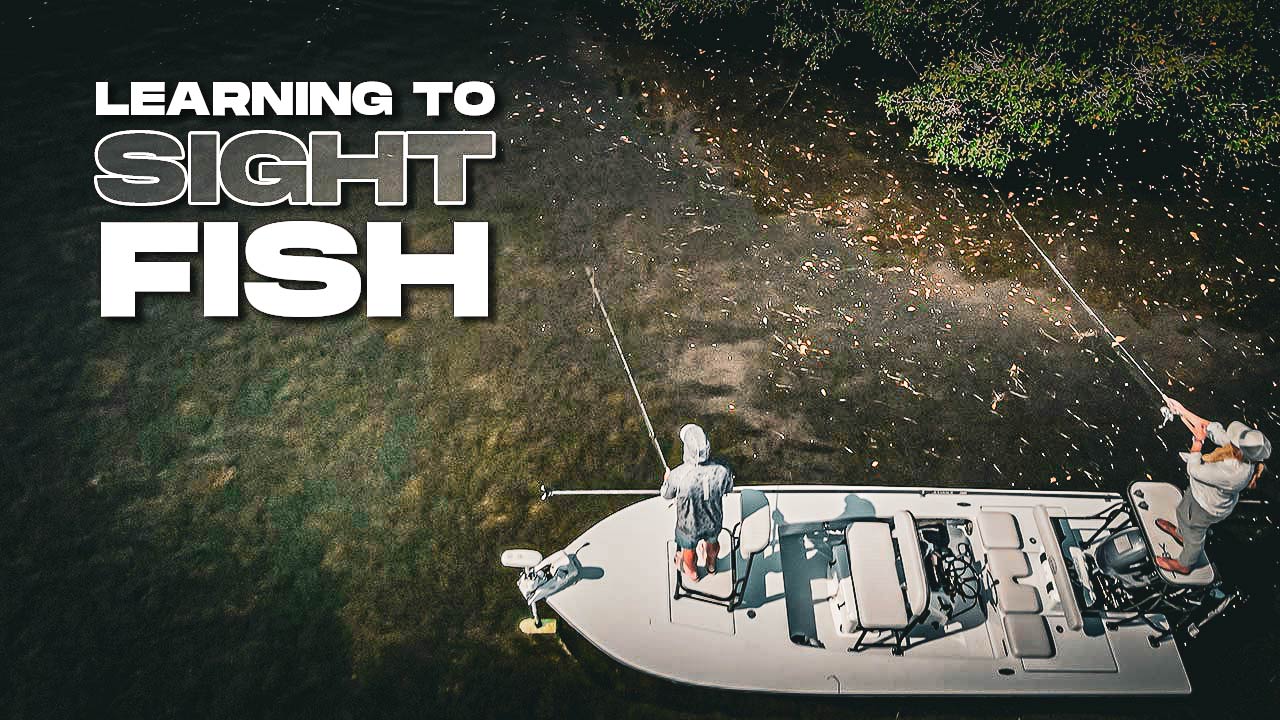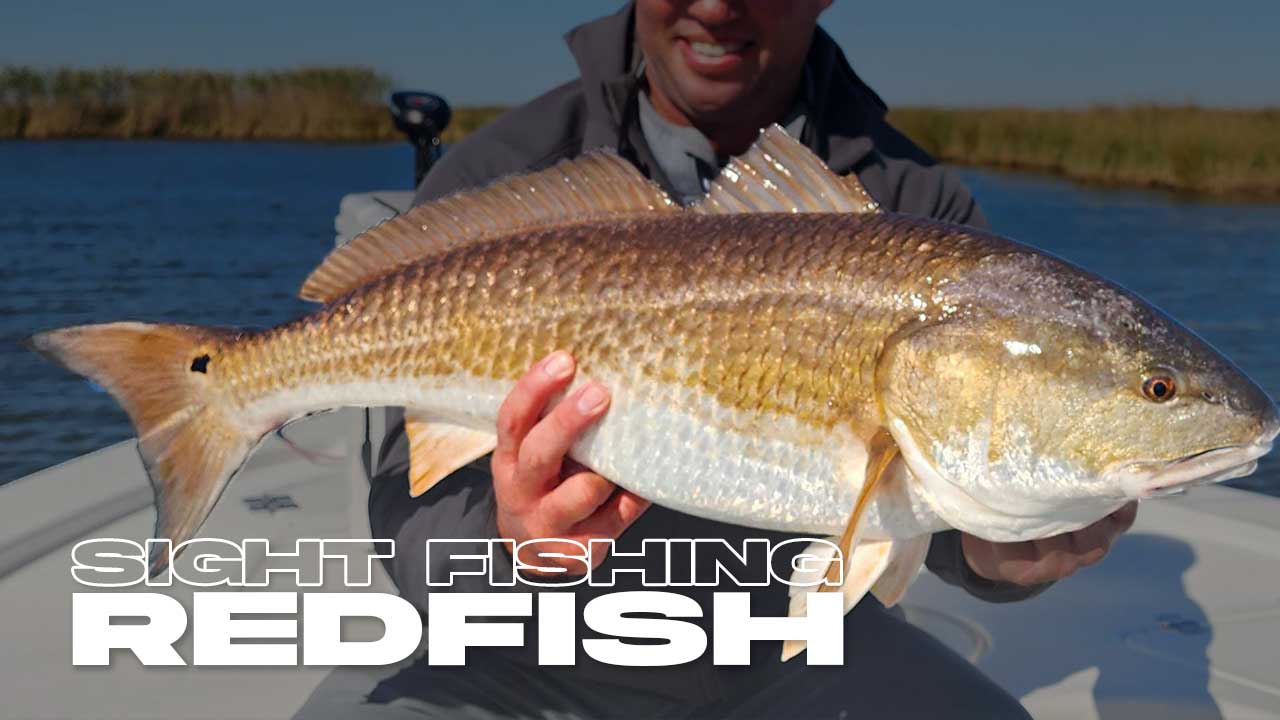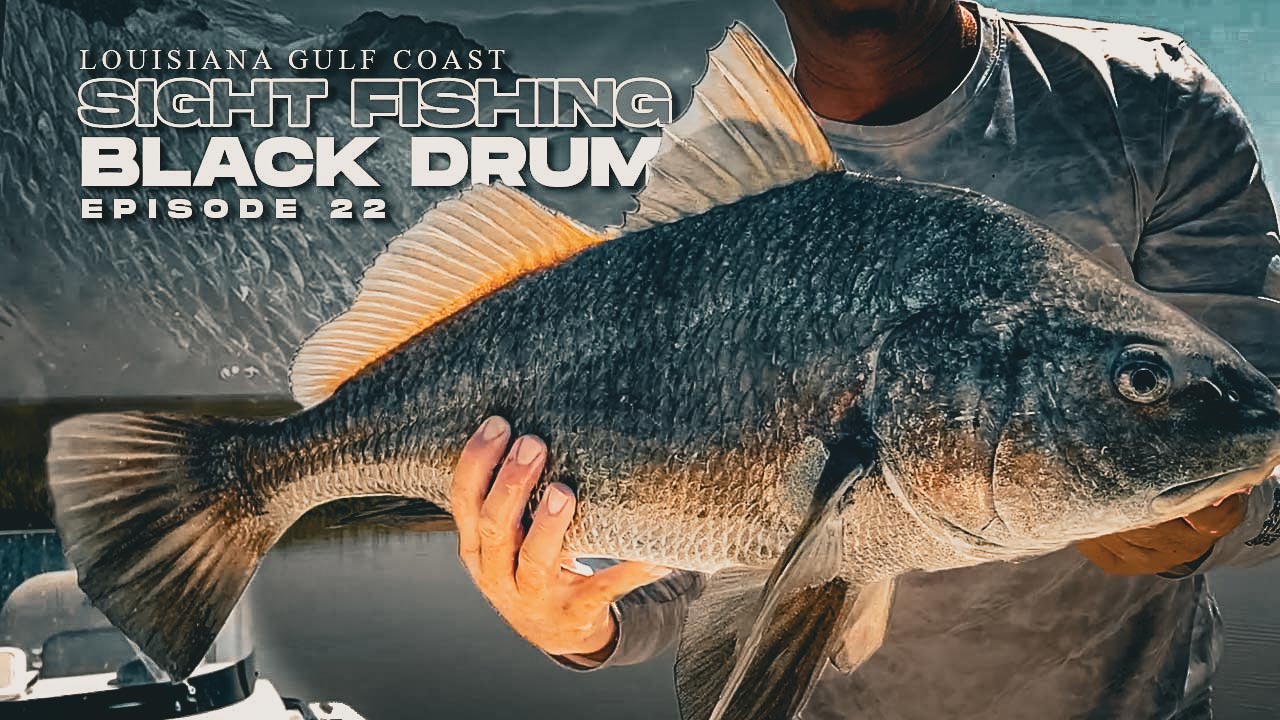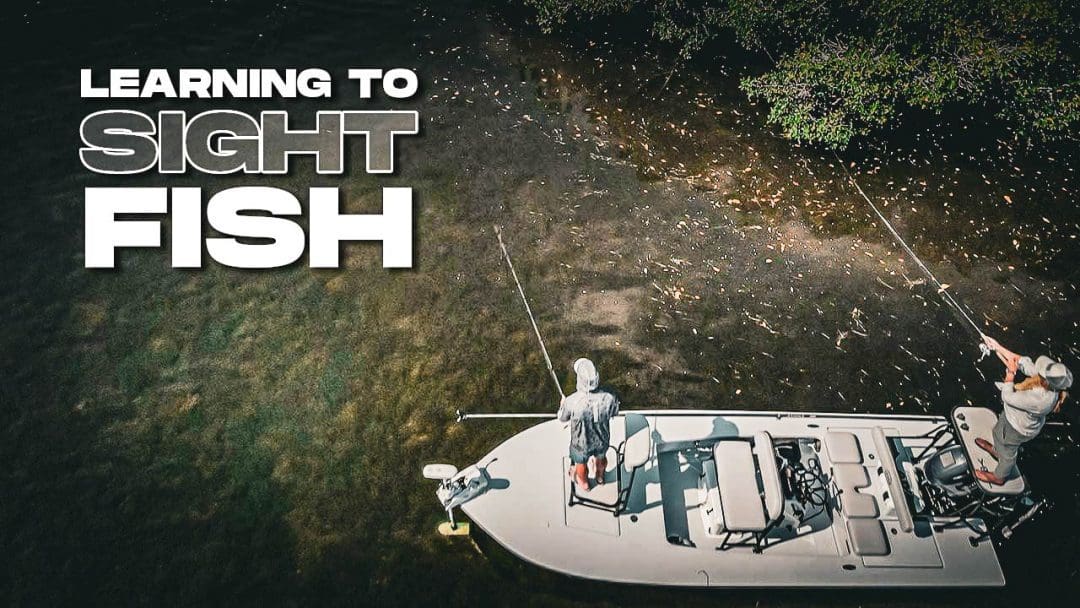Sight Fishing: Gulf Coast
Sight fishing the Gulf Coast is an exciting adventure that tests your on-the-water knowledge and angling skills.
The Thrill of the Chase: Sight Fishing
Sight fishing is a technique used by anglers to target fish in shallow, clear waters. By spotting fish before casting a line, sight fishing allows for a more targeted approach and can increase the chances of a successful catch. Whether you're a seasoned angler or just starting out, learning about sight fishing can take your fishing game to the next level. We'll explore the basics of sight fishing and offer expert tips and techniques to help you become a skilled sight fisherman.
Sight Fishing Techniques
Sight fishing is a technique used in angling that involves spotting fish in the water and casting the bait or lure directly in front of them. There are several different styles of sight fishing, including sight casting, blind casting, and stalking fish.
Sight Casting
Sight casting involves visually spotting a fish in the water and casting directly towards it. This technique requires good eyesight and the ability to accurately judge distances and angles.
Blind Casting
Blind casting, on the other hand, involves casting in areas where fish are likely to be found, even if they cannot be seen. This technique is useful when fishing in murky water or when the fish are not visible from the surface.
Stalking Fish
Stalking fish is a more advanced form of sight fishing that involves quietly approaching fish in shallow water and casting the bait or lure in their path. This technique requires a great deal of patience and skill, as any disturbance can spook the fish and ruin the chance of a successful catch.
10 Sight Fishing Tips
10 sight fishing tips to help you improve your sight fishing experience and skills.
Wear polarized sunglasses to reduce glare and improve visibility:
Polarized sunglasses are essential for sight fishing in shallow waters. They reduce glare on the water surface and help you see fish below the surface.
Move slowly and quietly to avoid spooking fish:
Fish are easily scared away by sudden movements or loud noises. Moving slowly and quietly helps you avoid spooking fish and improves your chances of catching them.
Look for movement in the water or changes in color to spot fish:
Fish movement, changes in color or disturbances in the water are all signs that fish are nearby. Learn to spot these signs and focus your efforts on those areas.
Use the sun to your advantage by positioning yourself with the sun at your back:
Positioning yourself with the sun at your back helps you see fish more clearly and reduces glare on the water.
Use a shallow-draft boat or kayak to access shallow waters:
In shallow waters, a shallow-draft boat or kayak is necessary to navigate and access areas where fish are more likely to be.
Avoid casting shadows on the water by casting from a low angle or sidearm:
Casting shadows on the water can alert fish to your presence and scare them away. Cast from a low angle or sidearm to avoid casting a shadow.
Use a lightweight, sensitive rod and reel combo to feel subtle bites:
A lightweight and sensitive rod and reel combo helps you feel even the slightest bites, making it easier to hook fish.
Use natural-colored lures that blend in with the environment:
Use lures that mimic the color and movement of natural prey in the area you are fishing. This increases your chances of attracting fish.
Use a slow, steady retrieve to mimic the movement of natural prey:
A slow, steady retrieve mimics the movement of natural prey and is more likely to entice fish to bite.
Practice patience and persistence – it may take time to spot and catch your target fish:
Sight fishing requires patience and persistence. It may take time to spot and catch your target fish, so be patient and stay focused.
Sight fishing is an exciting and challenging way to catch fish, requiring a combination of knowledge, skill, and patience to be successful.




